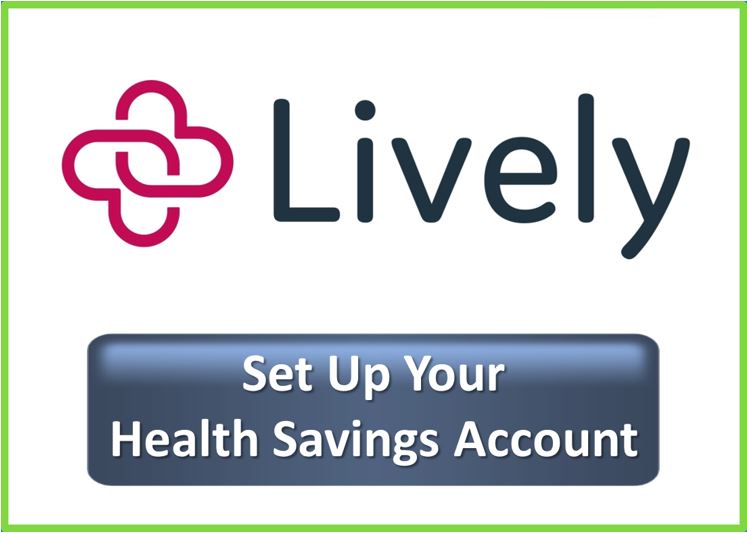Employers with 51 to 100 employees have been understandably worried for the past few months. That’s because, starting with their renewal date in 2016, the Affordable Care Act would re-define them as small employers, making them subject to the modified adjusted community rating rules and the requirement to cover all essential health benefits.
These two ACA provisions currently apply to small employers who are not taking advantage of the transition relief option, and that’s caused premiums to go up for a lot of small employers. While some companies are actually helped by the rules, particularly if they have an older or unhealthy employee population, younger and healthier groups pay significantly more under the new rules. In 2016, mid-sized employers would have been subject to those same rating rules. The bill has now gone to the President for his signature.
What this means to you
If you have between 51 and 100 total employees, you will continue to be classified as a large employer for purposes of the market rules, assuming the state of Texas chooses not to expand the definition of small group. The Protecting Affordable Coverage for Employees (PACE) Act actually gives states the option of leaving the cutoff point at 50 employees or changing it to 100 employees. States have actually had that option for the past couple years, but no state chose to expand the definition.
For mid-sized employers with 51-100 employees that moved their effective date to October 1 with the intention of taking advantage of the transitional relief available to small employers in 2016, that option will no longer be available. The good news is that it’s no longer necessary for employers of this size.








